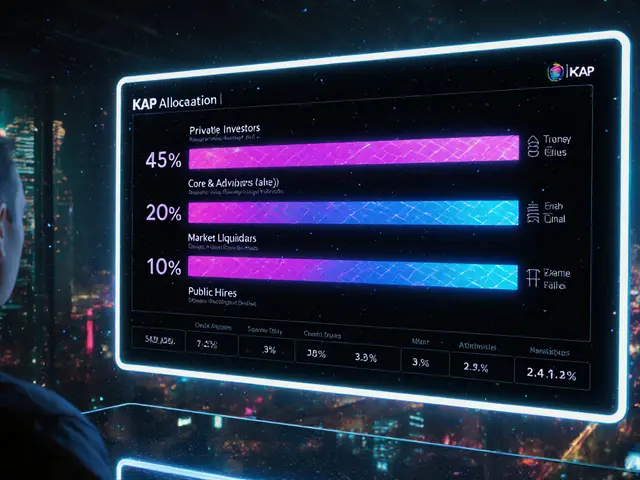
Token Analysis: Your Guide to Evaluating Crypto Assets
When diving into token analysis, the practice of breaking down a cryptocurrency’s purpose, data, and market behavior, you’re basically trying to answer two questions: Is the token worth owning, and why does its price move? Think of it as a health check for a digital asset – you look at the code, the economics, the community, and the market signals. This process is the first step anyone serious about crypto should take before buying, staking, or trading.
One of the core building blocks of any token analysis is tokenomics, the economic model that defines supply, distribution, incentives, and utility. Good tokenomics give a clear picture of how new coins enter circulation, what drives demand, and where rewards go. For example, a deflationary supply schedule can create upward pressure over time, while a high inflation rate might dilute holdings unless it funds valuable network growth. Understanding these mechanics lets you predict how changes in protocol rules could affect price and user participation.
Another frequent driver in token analysis is the airdrop, a distribution event where free tokens are given to qualify‑eligible users. Airdrops can instantly inflate circulating supply, but they also spark community interest and expand the user base. By measuring the size of the airdrop, eligibility criteria, and lock‑up periods, you can gauge short‑term price pressure versus long‑term network effects. Many of the posts below, like the Creator Platform (CTR) and CRDT airdrop guides, show exactly how to assess these events.
The underlying infrastructure matters just as much. blockchain, the decentralized ledger that records all token transactions determines security, scalability, and cost. A token built on Ethereum’s mainnet faces different gas fees and congestion patterns than one on a zk‑rollup like Immutable X. Knowing the chain’s consensus model, transaction throughput, and upgrade roadmap informs risk assessment – especially when you compare layer‑1 vs. layer‑2 solutions.
Finally, token analysis can’t ignore DeFi, decentralized finance applications that let tokens be lent, borrowed, or staked. DeFi protocols add utility by turning idle tokens into yield‑generating assets, but they also introduce smart‑contract risk. When a token is integrated into popular yield farms or liquidity pools, its demand curve can shift dramatically. Reviewing which DeFi platforms support a token, the APY offered, and the security audits of those contracts completes the picture.
All these elements—tokenomics, airdrops, blockchain choice, and DeFi integration—form a network of relationships that shape a token’s real value. Below you’ll find deep‑dive articles that walk through each factor, from the technical side of Immutable X to the regulatory landscape in Australia and Singapore. Use these guides to sharpen your own token analysis skills and make smarter decisions in the fast‑moving crypto world.




